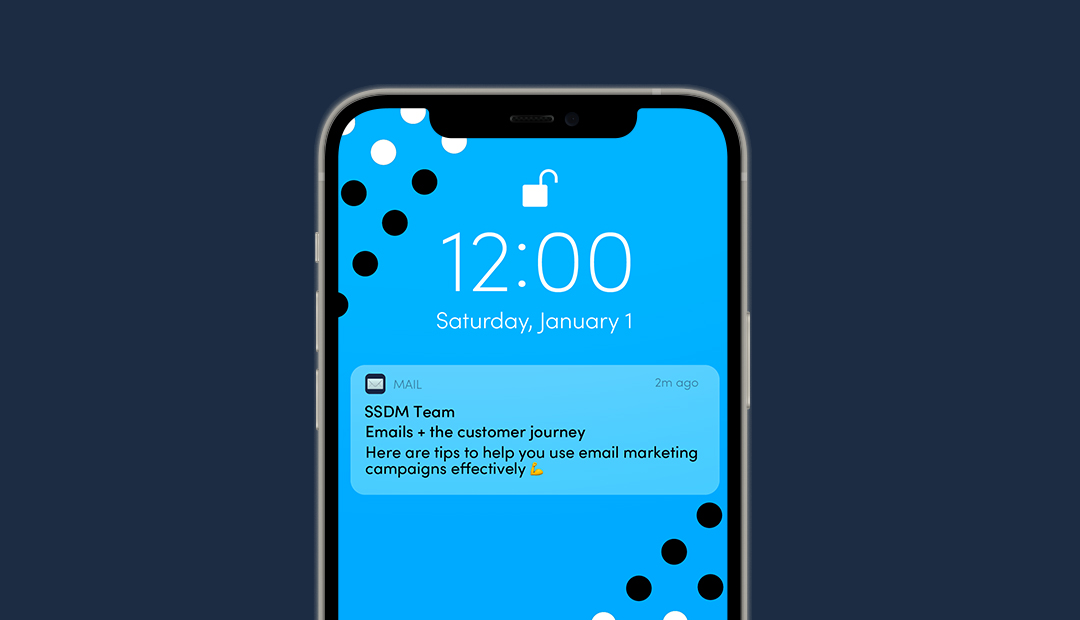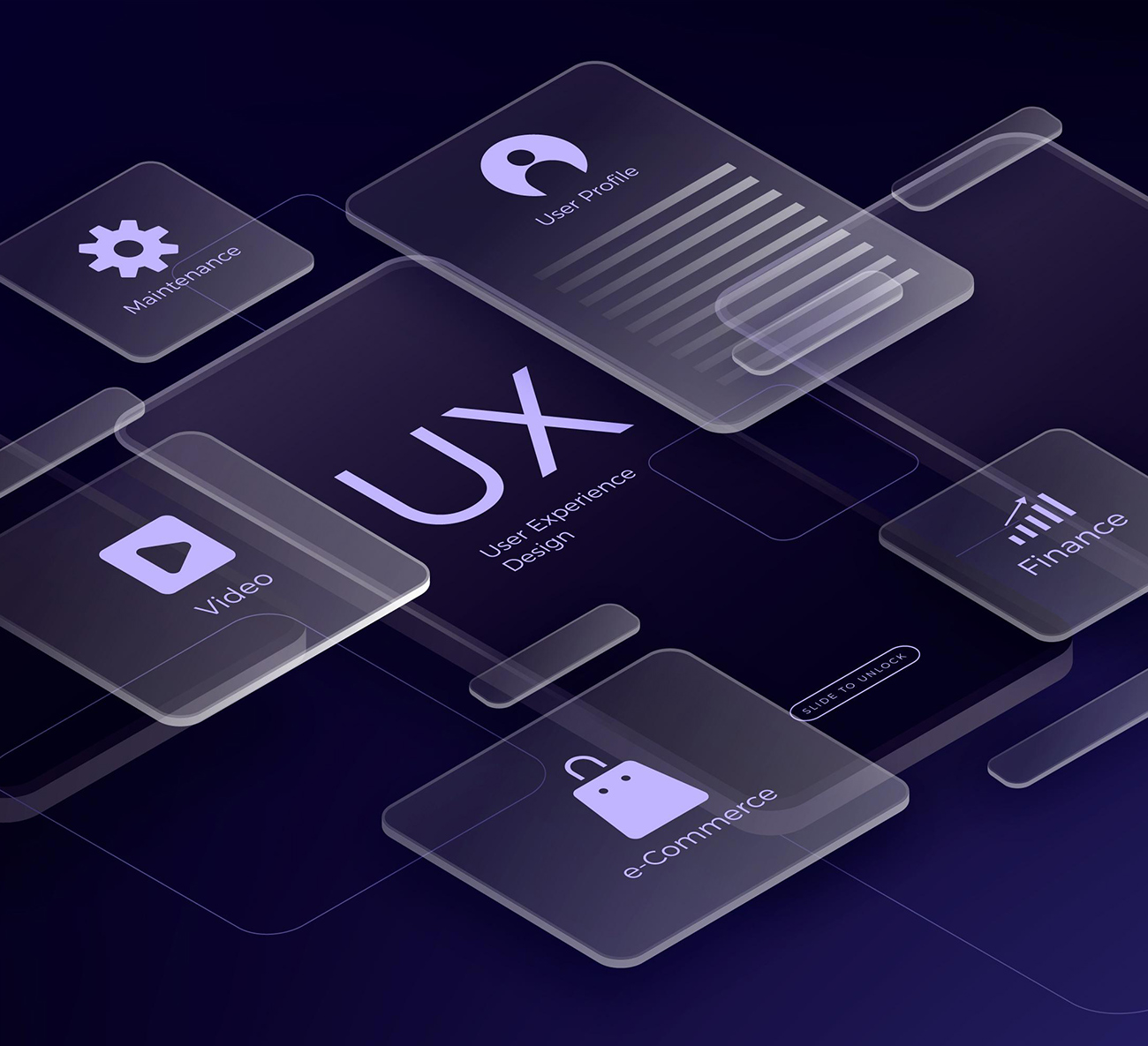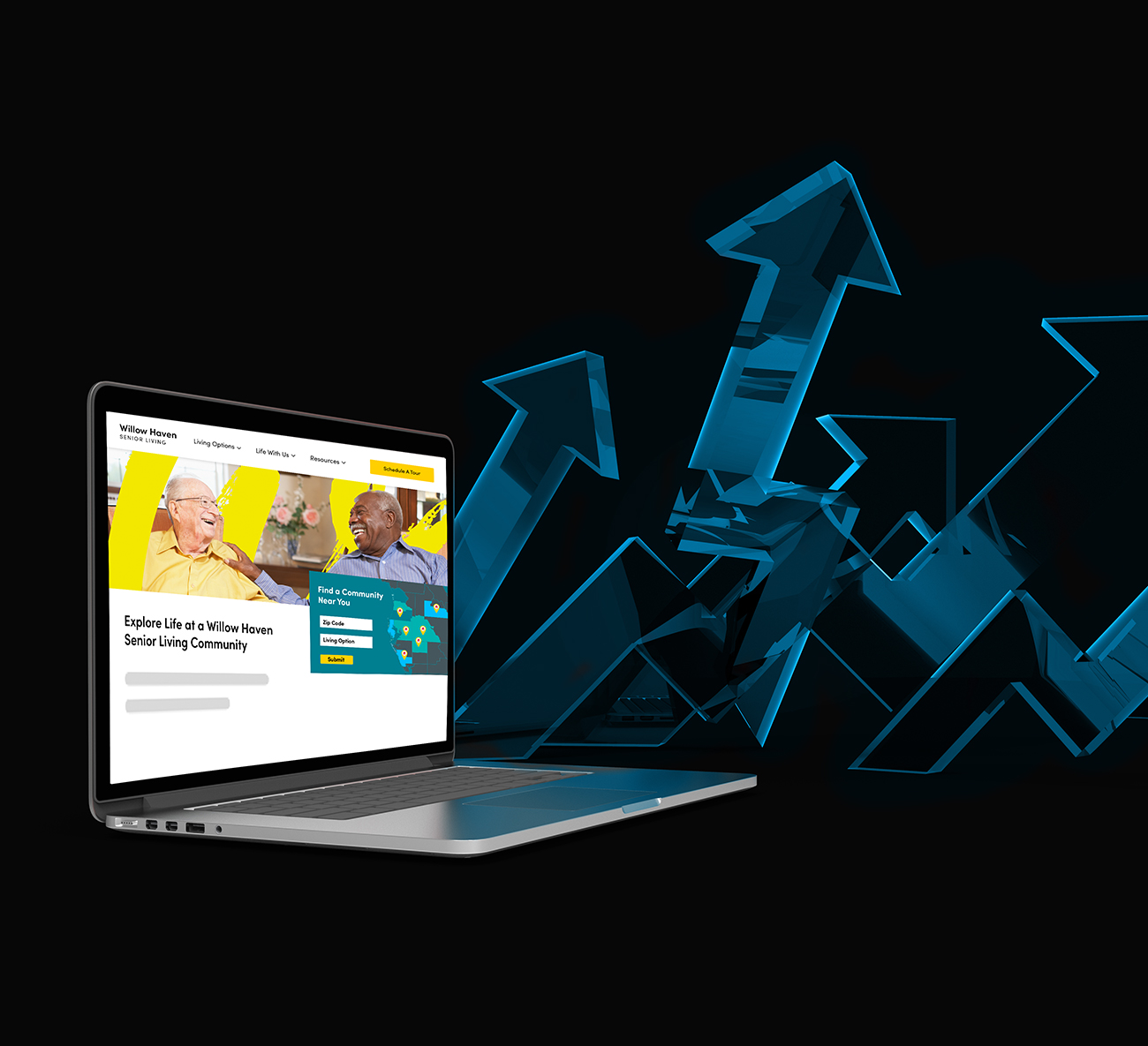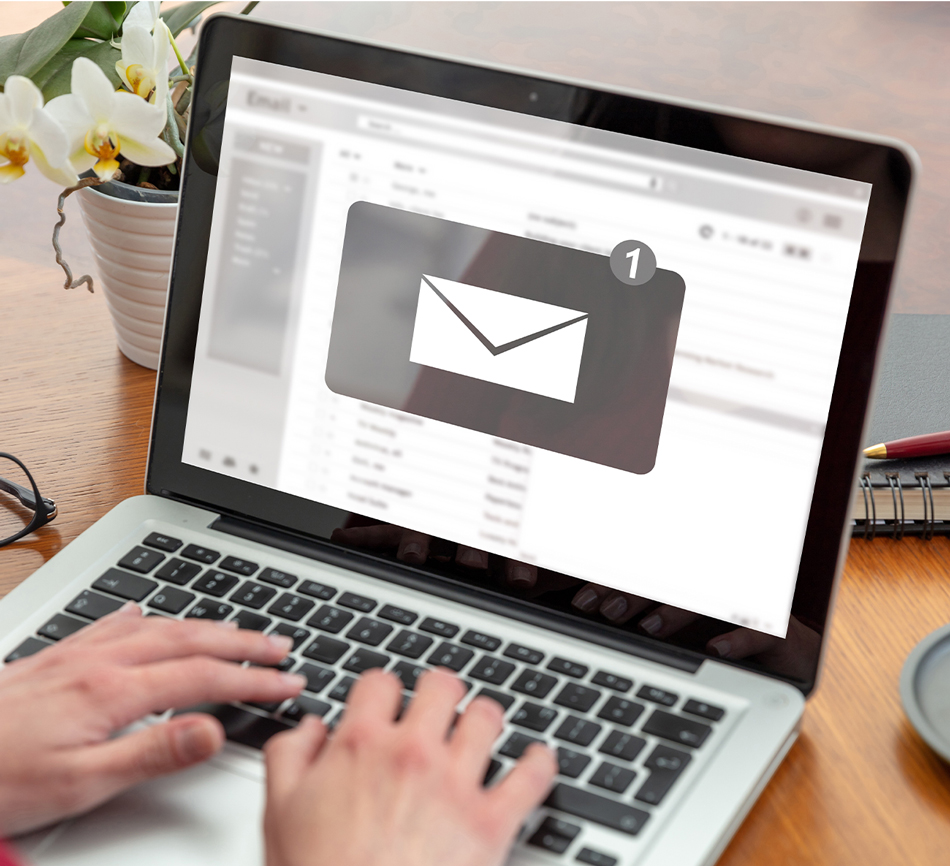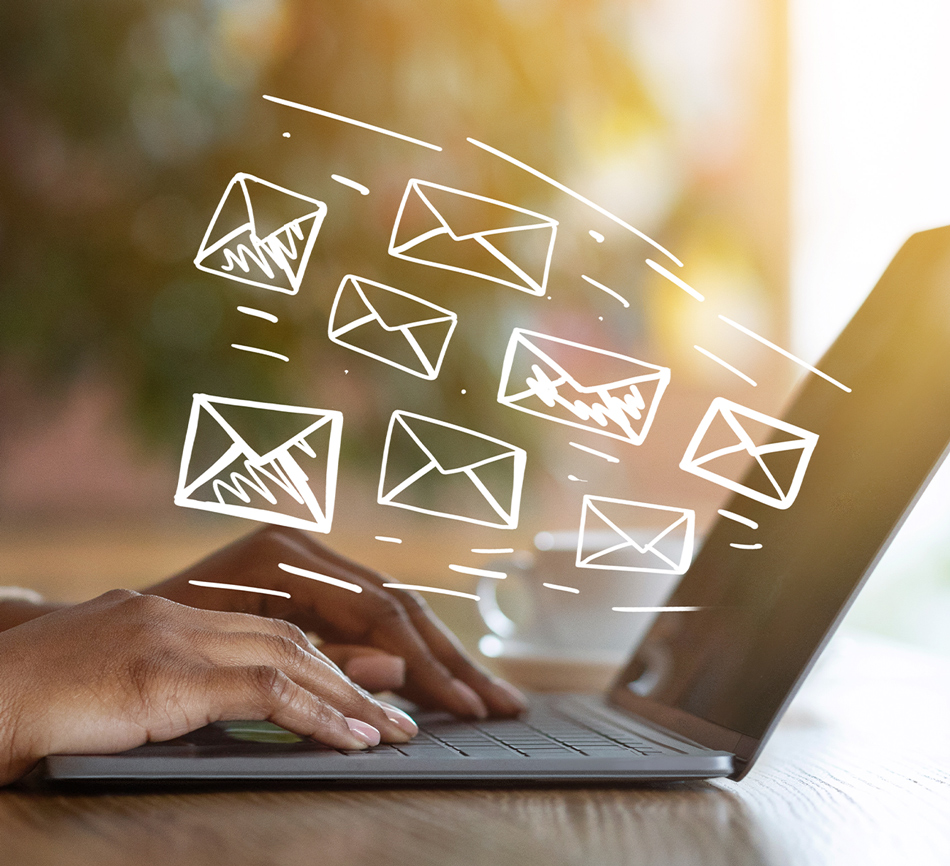In the marketing toolbox, email is the golden hammer. In the right hands, email is the single most powerful tool for nurturing high-quality sales leads and increasing revenue.
The dark truth about email marketing
Yes, email is still relevant — and well worth your time. We can hear you groaning right now and, to be honest, your groans and eye rolls are totally justified. If email is so great then why is it so annoying to receive emails as a consumer?
Well, email is often misunderstood. Many retailers use it as a way to constantly remind consumers that they exist and the result is an endless barrage of emails that lack a clear strategy. Prospects end up distancing themselves instead of engaging with the brand. In fact, a survey by Fluent and Litmus shows that 65% of people who unsubscribed from an email list say they did so because they received too many emails or irrelevant content. We’re looking at you, Groupon.
In terms of performance, you may be surprised to know that email typically produces better results than social media. Here are just a few statistics on why email is still king:
- Email has the highest ROI of any marketing channel, generating an average of $42 in sales for every $1 spent
- 89% of marketers name email as their primary method of lead generation
- There are 3 times more email accounts than Facebook & Twitter accounts combined. Not to mention the click-through rate (CTR) on email is 6 times higher than on Twitter
How to excel as an email vampire
Being an email marketer is like being a vampire: you’re a guest who has to be invited in. Marketers can easily find qualified customers using browser cookies but our prospects have to qualify us too. As an email marketing vampire, you want to be on your best behavior. Be an unruly guest (sending too many emails or irrelevant content) and your prospects will not-so-nicely ask you to leave.
Let’s look at it this way: When someone signs up for your email list, they are trading something supremely valuable – their email address – and that takes a lot of trust. Your challenge is to provide something in return that’s equally as valuable.

So, what’s an email funnel?
An email sales funnel is a system designed to send relevant content to email subscribers based on their position in the sales process. It refers to the set of steps a subscriber goes through before becoming a loyal customer: from prospect to qualified-lead to buyer to brand advocate.
The goal of an email sales funnel or email marketing funnel is to move the prospect through the customer journey: to attract people with your message and product, then convert them into customers of your business.
The email customer journey is broken up into 4 stages:
- The action stage: This is where you introduce your brand to your audience and prompt the subscriber to act. This stage offers a surface-level view of your business, prompting the reader to take an action (like clicking on a link to learn more.) Click-through and open rates can help determine your success.
- The engagement stage: In this stage, you’ll want to emphasize how you solve your audience’s core problems. In other words, showcase your product or service and how your customer will benefit from it. The engagement stage is designed to deliver content and resources to engage people, create meaningful interactions and keep those actions coming.
- The conversion stage: During this stage, your buyer is aware of the products or services they need. Make sure that you’re the choice that they want to buy from. For an eCommerce site, an example of a conversion would be a customer adding your product to their cart or buying a product on your site.
- The advocacy stage: Once your customer buys your product, you need a plan for keeping in contact and building their loyalty. You’ll want to turn your one-time customer into a repeat buyer, and then a raving fan who forwards your emails to others. A successful advocacy email will selectively target existing purchasers and encourage subscribers to share their user-generated content (UGC), make another purchase or serve as an influencer among their close friends.
Basically, email funnels act like a trigger. Once a prospect takes an action (like leaving an item in their cart or consistently clicking through your emails), they should receive specialized content to get them closer to buying your product. The key is to be able to identify each stage of the email marketing funnel, and where your prospects fit. Then you can send targeted content to turn prospects into buyers.
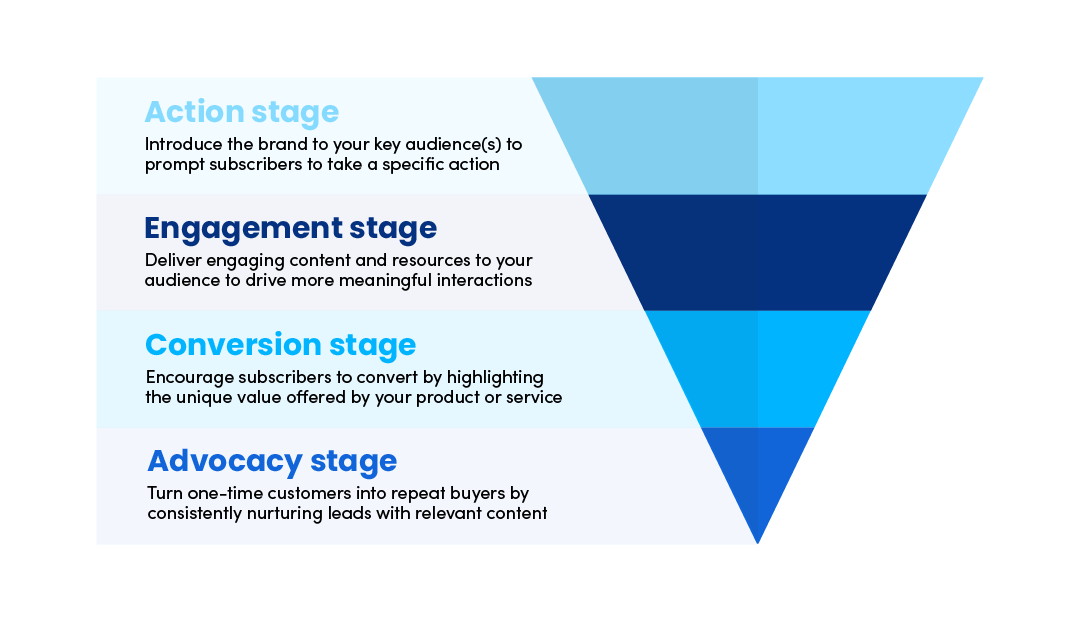
How does it work? Here’s an example
Let’s say you own a mattress store and recently sent out an email to showcase your new product. You decide to use your email sales funnel to target the best prospects. Targeting warm leads that have shown interest in your mattresses before but have not yet made a purchase would be the best course of action.
A subscriber who opened your last email and visited your landing page is considered a warm lead. They should receive content that acknowledges their interest and encourages them to buy your new mattresses. There are a few other ways you could target those warm leads:
- Promotional emails: Don’t send the same promotional email to your entire mailing list. In this example, you could consider remarketing to a subscriber who opened a prior email announcing the new mattress launch. by sending them a closer look at the product with a special offer for 10-20% off. You’ve acknowledged their interest and given them a reason to convert. Nobody wants to miss out on a good opportunity.
- Time-sensitive offers: By providing leads with time-sensitive emails, you’re creating a sense of urgency and helping them enter the next stage of the funnel. Your email copy should focus on rewarding subscribers for taking advantage of the offer before the deadline. These rewards could include a unique promotional code, holiday discount or birthday coupon.
- Abandoned cart reminders: These emails are used to target those who have visited your site, added items to their cart and left without completing the purchase. In this example, you could send an email 3-5 days later with an attention-grabbing subject line and a discounted price or free gift.
Developing an email strategy
Now that we know an email marketing funnel is purposely developed to deliver the right message at the right time for optimum impact and action, it’s time to start building your strategy. Here are the 5 steps you need to build a solid foundation:
- Build your contact list – Importing a list of contacts who have provided you with their email address is the easiest way to keep in touch with existing or prospective customers. If you don’t have a list to start, use opt-in forms and dedicated landing pages to collect leads. It’s important to note that most of today’s email platforms place strict stipulations on email lists that were purchased, i.e. subscribers had no say on whether they receive emails from you. Buying email lists should not be a practice you use unless you have no other options — and even then, you’ll have trouble reaching them with the regulations email platforms put in place.
- Provide desirable, personalized content – The best way to begin your marketing funnel is with educational emails to build trust. Offer engaging information and meaningful incentives to move the subscriber from prospect to buyer. Use freebies, giveaways, eBooks or any resource your prospect would find uniquely valuable. Talk about how your business or product can help solve a pain point in a prospect’s life or how you can help them.
- Segment your list – The key to email marketing is to segment your prospects so that you only send personalized content that’s relevant to them. Successful email campaigns need to be precise and strategically segmented to hit a specific target at a specific point in the sales process. Segmenting your email subscriber list will help you place them at their current touchpoint in the customer journey. Once the trigger has been activated, be sure to move your leads through the sales funnel. If a prospect has clicked through a lot of emails, mark them as a warm lead and send specialized content to move them to the next step.
- Use analytics to optimize and gauge success – If your open rates and click-through rates are too low, think about making some changes. Remember that the most significant way to boost email ratings is to provide unique value to your subscribers.
- Automate everything – Once you’ve identified the actions needed to move a lead further down the funnel, you can make the process easier for yourself, and automate.
An organized sales funnel can help support marketing efforts, recover abandoned carts, and support sales teams. The better understanding you have of your customer and detailed target personas, the more personalized and laser-focused your messaging will be.
Work hard, then automate everything
While creating an email marketing funnel seems like a lot of work up-front, there is a silver lining: automation.
Automation can help deliver messages like welcome emails, promotional emails, and abandoned cart emails, where well-timed messages can be invaluable. Try to automate the simple emails first, the ones you find yourself sending over and over, but keep them personalized. Email automation is all about streamlining the email content funnel you worked so hard to create.


